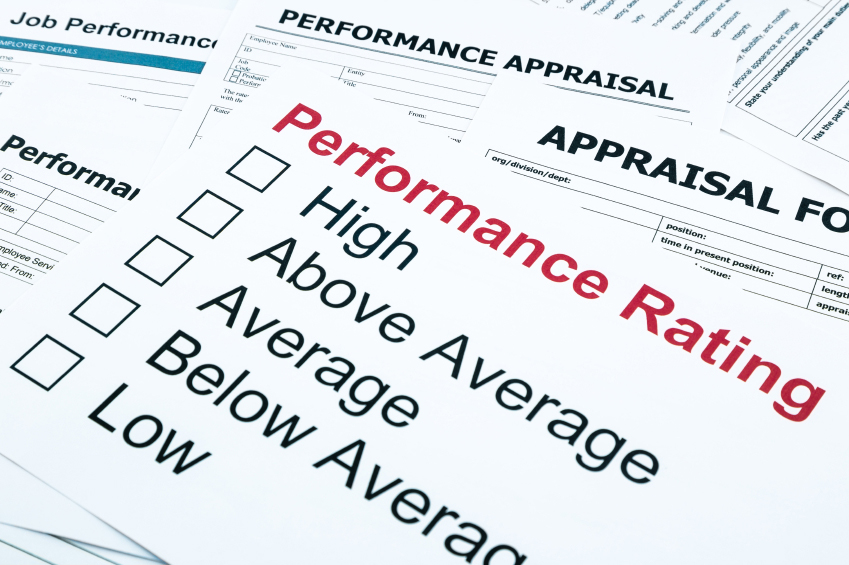A good employee performance evaluation involves thorough preparation, clear communication, and a focus on the employee’s strengths and areas that need improvement. The review should be a two-way conversation, with constructive feedback and actionable goals for the future. Preparation for the review and evaluation of the employee takes time and effort, but the outcome will result in an improved and more production work force.
Preparation is Key
Being well-prepared is the most important thing you can do to ensure an effective performance review. Before the evaluation, you should:
- Review the employee’s past performance evaluations, notes from one-on-one meetings, and any performance data metrics;
- Reexamine the applicable job description to ensure the evaluation aligns with the employee’s current job duties, responsibilities, and expectations;
- Gather feedback and input from multiple sources, such as from the employee’s direct reports and others, to gain a comprehensive perspective of the work performed;
- Document instances where the employee excelled and areas where improvement is needed; and
- Schedule time for the review well in advance and ensure a private, distraction-free environment.
During the Evaluation
When you meet with your employee, you set the tone. Here are some tips to help make it an effective review:
- Start with the positive by acknowledging the employee’s strengths and accomplishments. This sets the tone for the rest of the evaluation, resulting in an appreciation by the employee that their hard work is seen and appreciated.
- Be specific by providing constructive, concrete examples to illustrate positive and negative feedback. Avoid vague statements. Instead, focus on observable conduct.
- Focus on the future by discussing development goals, training opportunities, and action plans for improvement.
- Encourage an open conversation with open dialogue by actively listening to the employee’s perspective and addressing their concerns.
- Finish on a positive note by reinforcing the employee’s value to the team and expressing confidence in their ability to grow.
Key Items to Cover in the Evaluation
Just as important as the tone of the evaluation is the substance—what you actually measure. Consider the following key items:
- Assess the employee’s progress toward their objectives and performance against goals.
- Evaluate their quality of work by determining accuracy, thoroughness, and attention to detail in their work, prioritizing tasks and meeting deadlines.
- Determine if they communicate effectively, collaborate well with others, and are able to identify and resolve issues.
- Evaluate their ability to adjust to changing priorities and new situations, as well as their willingness to take on new tasks and responsibilities.
- Discuss their career aspirations, training needs, and opportunities for growth.
You should conclude the evaluation by making sure to document the key points discussed. Schedule a follow-up meeting to monitor the employee’s progress and provide support. Also, be sure to offer any guidance and support to help the employee achieve their goals.
Bottom Line
A successful employee performance evaluation involves clear communication, specific examples, and a focus on both strengths and areas of improvement. It should be a two-way conversation, with the goal of helping the employee grow and develop within their role. Preparation, consistent feedback, and constructive dialogue are key to a positive and effective review process.
Jan Fox is an attorney with Steptoe & Johnson PLLC in Charleston, West Virginia, and can be reached at 304-353-8146 or jan.fox@steptoe-johnson.com.

